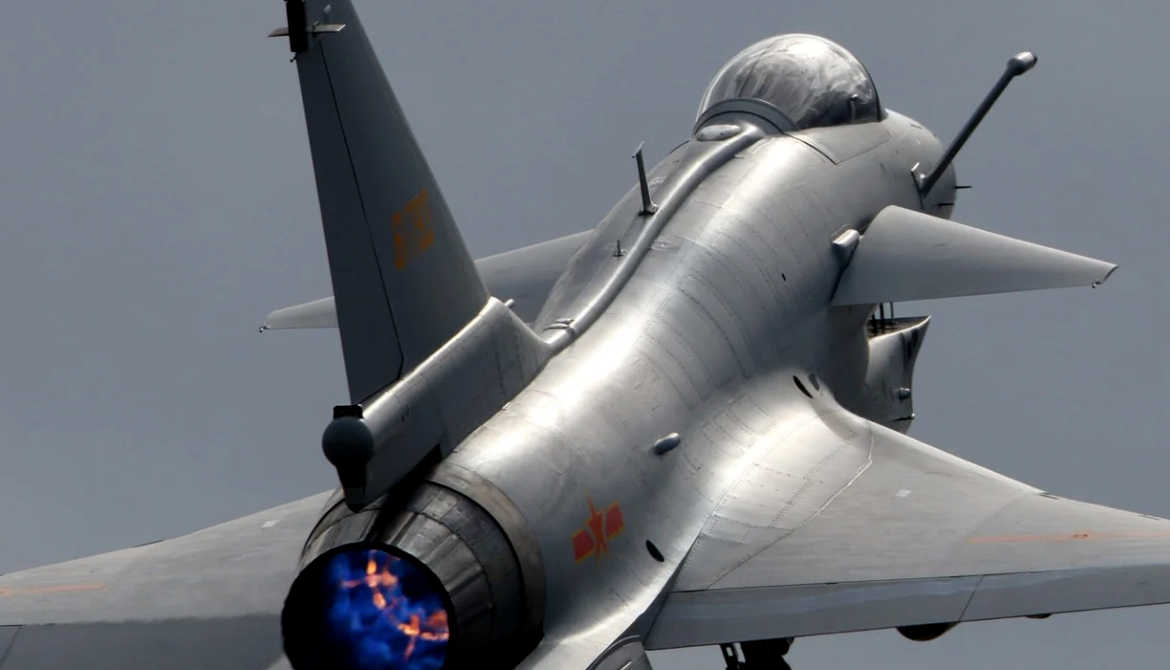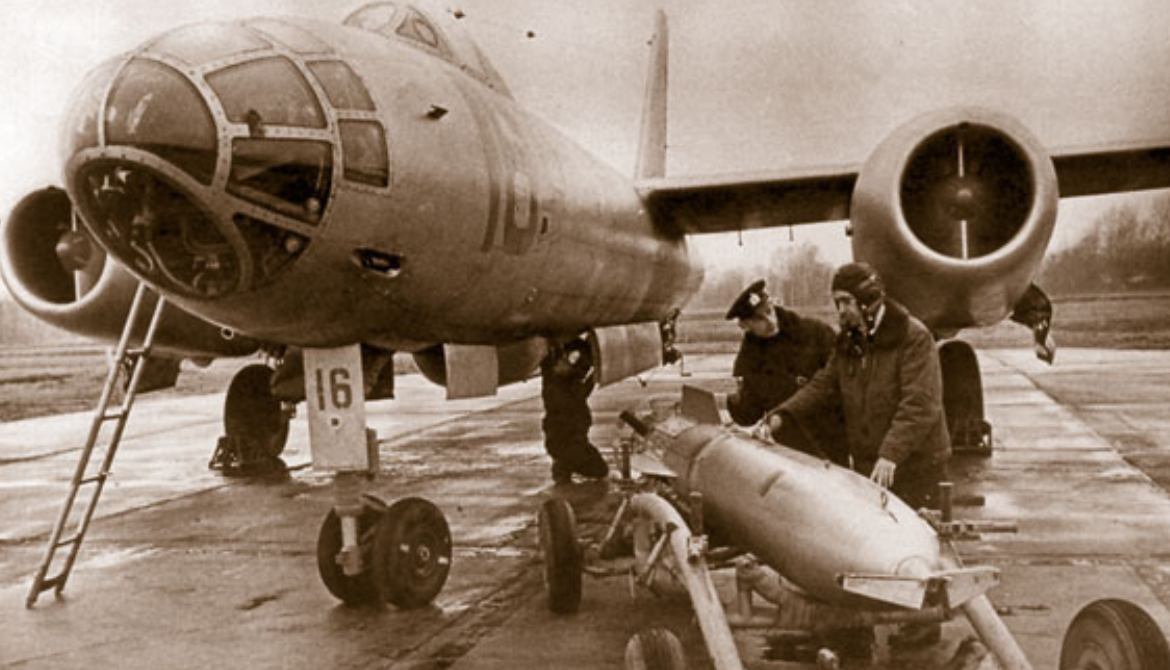
.
About The People's Liberation Army Air Force also referred to as the Chinese Air Force.
Amazing The People's Liberation Army Air Force (Chinese: 中国人民解放军空军; pinyin: Zhōngguó Rénmín Jiěfàngjūn Kōngjūn; lit. 'China's People's Liberation Air Force'), is an aerial service branch of the People's Liberation Army. The Air Force is composed of five sub-branches: aviation, ground-based air defense, radar, Airborne Corps, and other support elements

Heading 3
China "PLAAF" Air ForceWikipedia link
The People's Liberation Army Air Force (Chinese: 中国人民解放军空军; pinyin: Zhōngguó Rénmín Jiěfàngjūn Kōngjūn; lit. 'China's People's Liberation Air Force'), also referred to as the Chinese Air Force (中国空军) or the People's Air Force (人民空军), is an aerial service branch of the People's Liberation Army. The Air Force is composed of five sub-branches: aviation, ground-based air defense, radar, Airborne Corps, and other support elements.
Amazing People's Liberation Army Air Force
The first organized air unit of the People's Liberation Army was formed in July 1949 at Beijing Nanyuan Airport (built and first operated under the Qing Dynasty) and operated American P-51 Mustangs, PT-19s, and British DH.98 Mosquitos. The squadron had acquired the Western-made aircraft once donated to the KMT for use against the Japanese, through a series of airfield captures and nationalist defections
PLAAF "China AF"
History

2010

In the 2010s, PLAAF began to transform expeditiously and emerged as one of the significant competitors in airpower. According to the US Air Force's National Air and Space Intelligence Center, PLAAF was projected to become one of the most capable air forces in 2020. PLAAF improved capabilities in several areas, including fighters, advanced missiles, early warning systems, and air defense systems; the force also started major reforms in training and doctrines. PLAAF leadership realized the force was insufficient to counter US intervention in the Taiwan strait confrontations, thus invested heavily in a wider range of conventional capabilities to transition the PLAAF from a large, technologically inferior force to hold advantageous positions in both quality and quantity at its own geopolitical theater.
Created in 1949
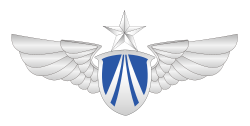 Emblem of the People's Liberation Army Air Force Emblem of the People's Liberation Army Air Force |
|
| Founded | 11 November 1949; 74 years ago |
|---|---|
| Country |
|
| Allegiance | Chinese Communist Party |
| Type | Air force |
| Role | |
| Size | 400,000 active personnel (2023) 3,510+ aircraft (2023) |
| Part of | |
| Headquarters | Beijing |
| Motto(s) | serve the people |
| Colors | Red and Blue |
| March | March of the Chinese Air Force |
| Engagements | |
| Website | Official website |
| Commanders | |
| Commander | Air Force General Chang Dingqiu |
| Guo Puxiao | |
| Insignia | |
| Roundel |   |
| Flag |  |
| Sleeve badge | 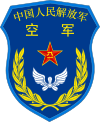 |
|
|
|
|
|
|---|
Aircraft Inventory People's Liberation Army Air Force
(People's Liberation Army Air Force) is the aerial warfare service branch of the People republic of China Armed Forces.
Current fleet

|
|
|||||
|---|---|---|---|---|---|
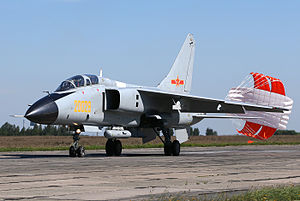 |
|
| A JH-7A on the runway at Chelyabinsk Shagol Air Base |
|
|||||||||||
|---|---|---|---|---|---|---|---|---|---|---|---|
Photo Gallery
People's Liberation Army Air Force "PLAAF"
Historical famous Airforce
People's Liberation Army Air Force
Future People's Liberation Army Air Force

People's Liberation Army Air Force and the number of Fourth generation aircraft.
In 2013, it was estimated that China had 400 modern fighters in the fourth-generation class, and the number of fourth-generation aircraft was projected to increase further with improvements in training and force compositions. According to a 2015 Pentagon report, PLAAF had approximately 600 modern aircraft and phased out more outdated platforms. The percentage of fourth-generation fighters raised from 30 percent in 2010 to 50 percent in 2015, projecting a majority fourth-generation force structure in the near future. The PLAAF also focused on developing long-range strike options with improved bomber platforms based on Xian H-6K, long-range cruise missiles, as well as fielding more multirole aircraft such as Shenyang J-16. In 2014, the Pentagon noted PLAAF was rapidly closing the gap in its training, equipment, and power projection capabilities with the United States

.
Famous Aircraft China AF PLAAF.
People's Liberation Army Air Force amazing aircraft of the past.
Learn MoreBelgian Air Component Logo
The Belgian Air Component Is The Air Arm Of The Belgian Armed Forces.
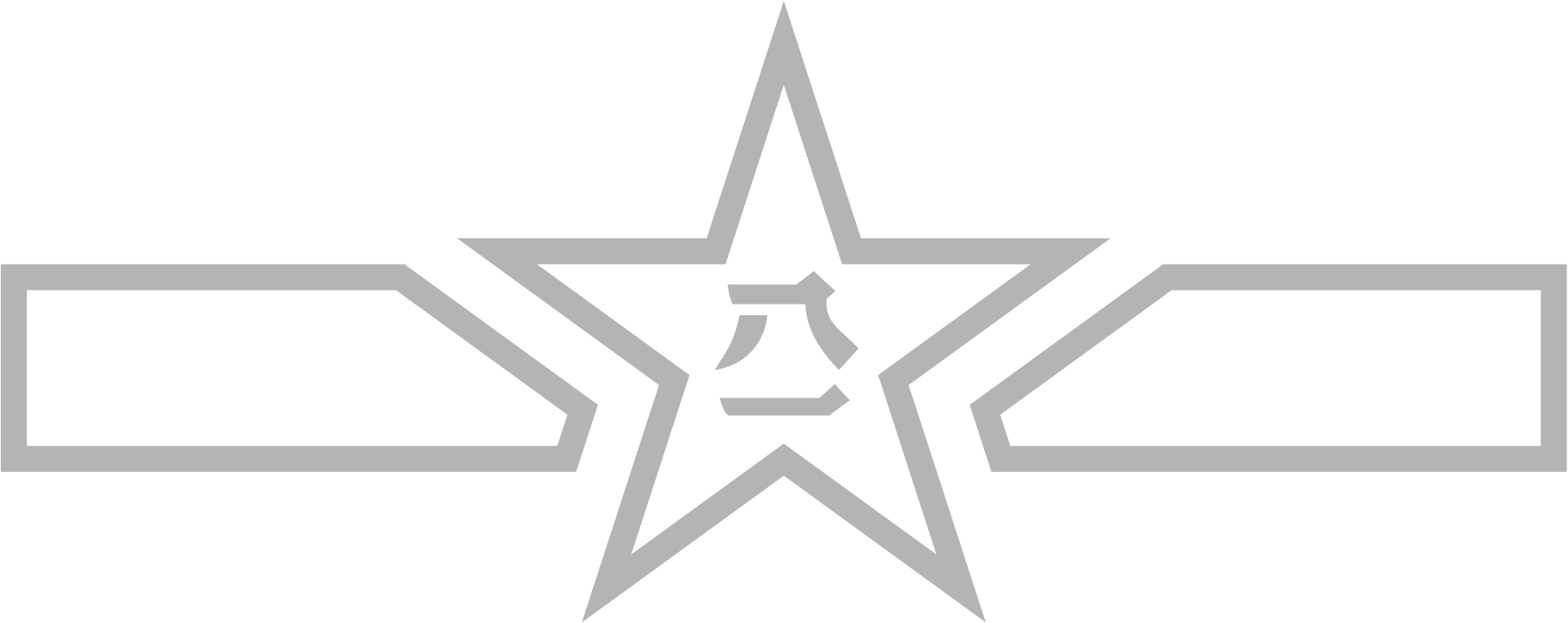
Chengdu J7 Fishcan
Chengdu J-7 (Chinese: 歼-7; third generation version F-7; NATO reporting name: Fishcan.

Chengdu J-10 Firebird
Lorem ipsum dolor sit amet, consectetur adipiscing elit. Nullam vitae congue tortor.

Xian H-6K Badger
Lorem ipsum dolor sit amet, consectetur adipiscing elit. Nullam vitae congue tortor.

Chengdu J-20 Dragon
The Chengdu J-20 (Chinese: 歼-20; pinyin: Jiān-Èrlíng), NATO reporting name: Fagin)

CAIC Z-10 Fierce Thunderbold
Lorem ipsum dolor sit amet, consectetur<br> adipiscing elit. Nullam vitae congue



Chengdu J-7 NATO reporting name: Fishcan
General characteristics
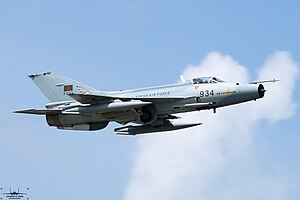
Bangladesh Air Force F-7 BGI Role Fighter aircraft Manufacturer Chengdu Aircraft Corporation/Guizhou Aircraft Industry Corporation Introduction 17 January 1966 Status Operational Primary users People's Liberation Army Air Force (China)
Bangladesh Air Force
Korean People's Air Force
Pakistan Air ForceProduced 1965–2013 Number built 2,400+ Developed from Mikoyan-Gurevich MiG-21 Developed into Guizhou JL-9
Specifications
- Crew: 1
- Length: 14.884 m (48 ft 10 in) (Overall)
- Wingspan: 8.32 m (27 ft 4 in)
- Height: 4.11 m (13 ft 6 in)
- Wing area: 24.88 m2 (267.8 sq ft)
- Powerplant: 1 × Liyang Wopen-13F afterburning turbojet, 44.1 kN (9,900 lbf) thrust dry, 64.7 kN (14,500 lbf) with afterburner
Desugn Requirements
- Maximum speed: 2,200 km/h
- Maximum speed: Mach 2
- Combat range: 850 km
- Service ceiling: 17,500 m
- Guns: 2× 30 mm Type 30-1 cannon, 60 rounds per gun
- Hardpoints: 5 total. 4 × under-wing (up to 500 kg (1,100 lb) each), 1 × centerline under-fuselage 2,000 kg (4,400 lb) maximum
-
Armament
.webp)


